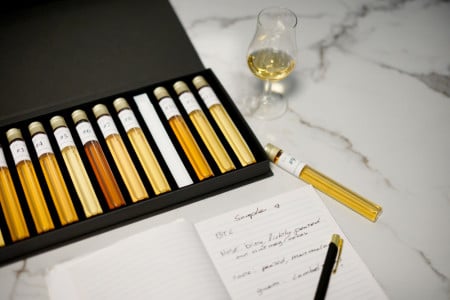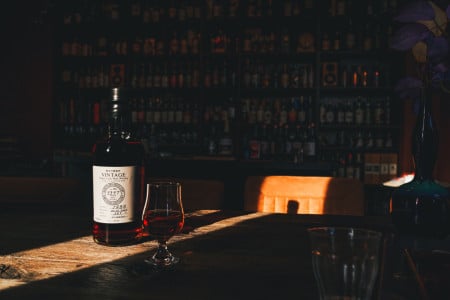It's not as if the sweet Rieslings for which German wines are so famous were deliberately invented. The so-called Prädikat wines, which are defined not by their origin but by the must weight of the grapes before the harvest, are actually a product of chance. At least one Prädikat level. Namely the Spätlese. A magical legend surrounds its discovery, which is said to have taken place in 1775 at Schloss Johannisberger in the Rheingau region. This is where we find the cradle of the Spätlese. But to tell the story, we actually have to start a little earlier. So let's travel back to the year 1716.
At that time, Riesling was not nearly as well known or established in Germany as it is today. Quite apart from the fact that most vineyards were planted not with a single variety of grape, but with a whole range of different varieties, which grew in a higgledy-piggledy mix known as a "mixed set". This was also the case at Schloss Johannisberg when it was purchased in 1716, along with its vineyards, by the Fulda monastery, which then turned it into a monastery for Benedictine monks.






